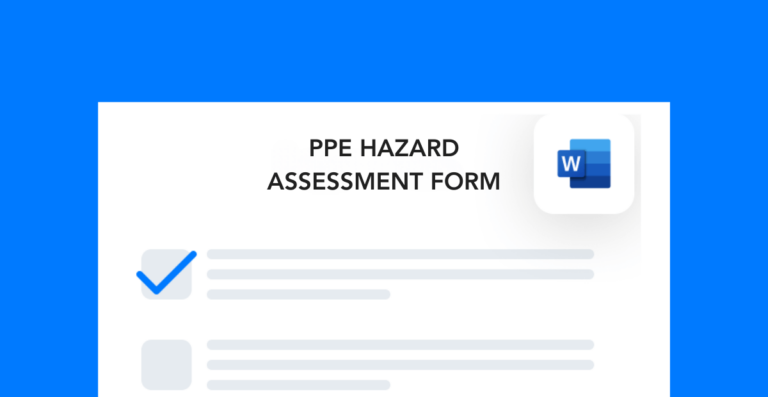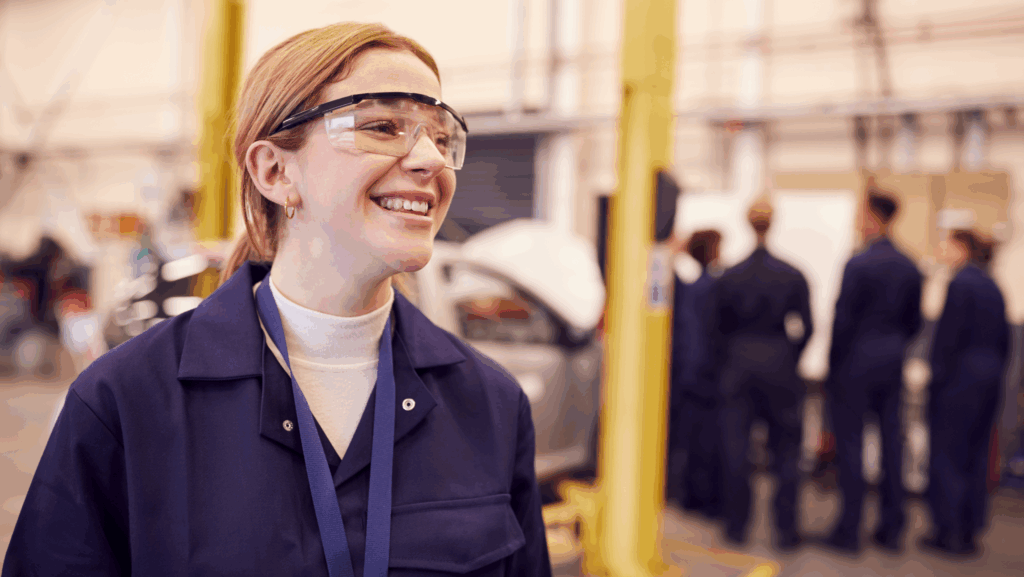Eye safety is a niche but very important component of any workplace health and safety program. Conduct this eye protection toolbox talk with your workers to remind them of the safety measures they should take.
Eye protection toolbox talk overview
This toolbox talk will cover:
- Main causes of eye injuries
- Use of eye PPE
- Other ways to prevent injury
Preventing eye injuries is as much about wearing the right equipment as it is about practicing safe behaviors. An eye protection toolbox talk can highlight the importance of following the proper operation instructions for any equipment you’re using, which is critical to not only your safety but the safety of everyone else in the area.
Causes of eye injuries
You’d be surprised by how many eye safety hazards you encounter each day. Some are more noticeable like flying debris from equipment, while others like airborne chemical hazards are more subtle.
The top causes of eye injuries are in this eye protection toolbox talk:
- Projectiles from processes like cutting, grinding, and welding
- Hazardous chemicals that cause burns
- Radiation from bright light sources like lasers
- Equipment hazards that cause impact injuries
Preventing these injuries is easier when you wear protective equipment, as advised in your toolbox talk about eye protection, and practice safe work behaviors.
Free form!
Download this free form to do a PPE hazard assessment to figure out what equipment employees should wear for certain tasks.
Proper eye PPE use
Using the right PPE for each task can literally save you from total vision loss or worse. For example, you may need safety glasses, goggles, face shields, or helmets depending on the task—topics often emphasized in an eye protection toolbox talk.
However, proper PPE use goes beyond selecting the correct equipment. You must inspect each item before use to check for damage. The last thing you want is to assume your goggles will protect you, only to discover during an incident that they weren’t properly secured. Additionally, regularly check for scratches or wear so you can replace damaged gear before it fails—another critical reminder from any well-planned eye protection toolbox talk.
Ensuring the right fit is key for injury prevention. Eyewear should sit as close to your face as possible without touching your eyelashes. It shouldn’t be crooked or loose, both of which can cause PPE failures. Remember, regular glasses are NOT a substitute for ANSI-rated safety glasses. When in doubt, pick eyewear that’s certified for the type of work you’re doing. Having a toolbox talk on eye protection can underscore the importance of choosing the right PPE for various tasks.
Other ways to avoid injury
Aside from wearing the right eye protection, you can also prevent eye injuries by:
- Doing a hazard inspection of the work area before starting tasks
- Checking to make sure that machine guards are in place
- Knowing where the closest eyewash station is in the area
- Reporting any vision problems to management as soon as possible
- Ensuring proper ventilation when using hazardous chemicals
For these measures to work, they have to be habits. Conducting regular toolbox talks centered on eye protection is crucial for maintaining a proactive approach to workplace safety and avoiding injury and long-term vision problems.




